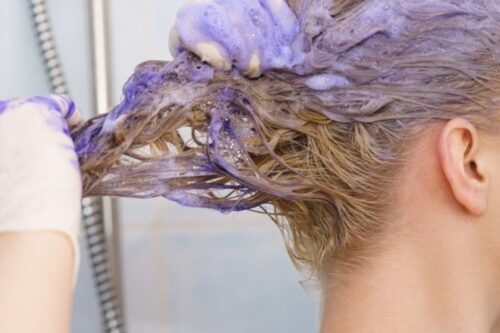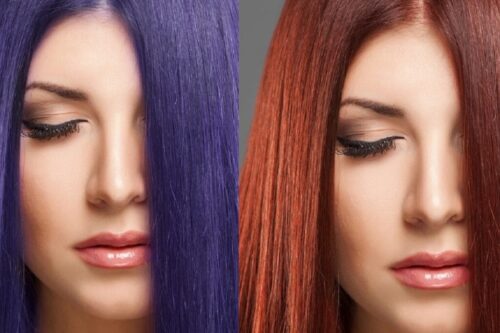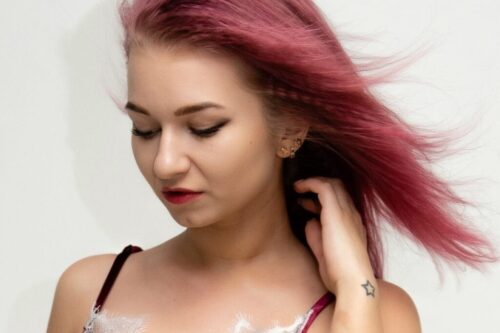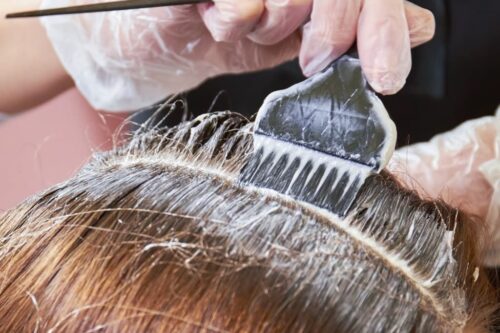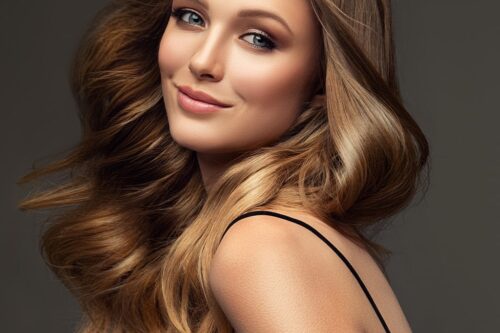One of the most common hair color issues people face after bleaching their hair is orange roots, which can happen when you don’t correctly maintain blonde hair.
Many wonders, “will purple shampoo fix orange roots?” Learn about the causes of orange roots, how purple shampoo works, and if it can heal your hair.
Does Purple Shampoo Help to Heal Orange Roots?
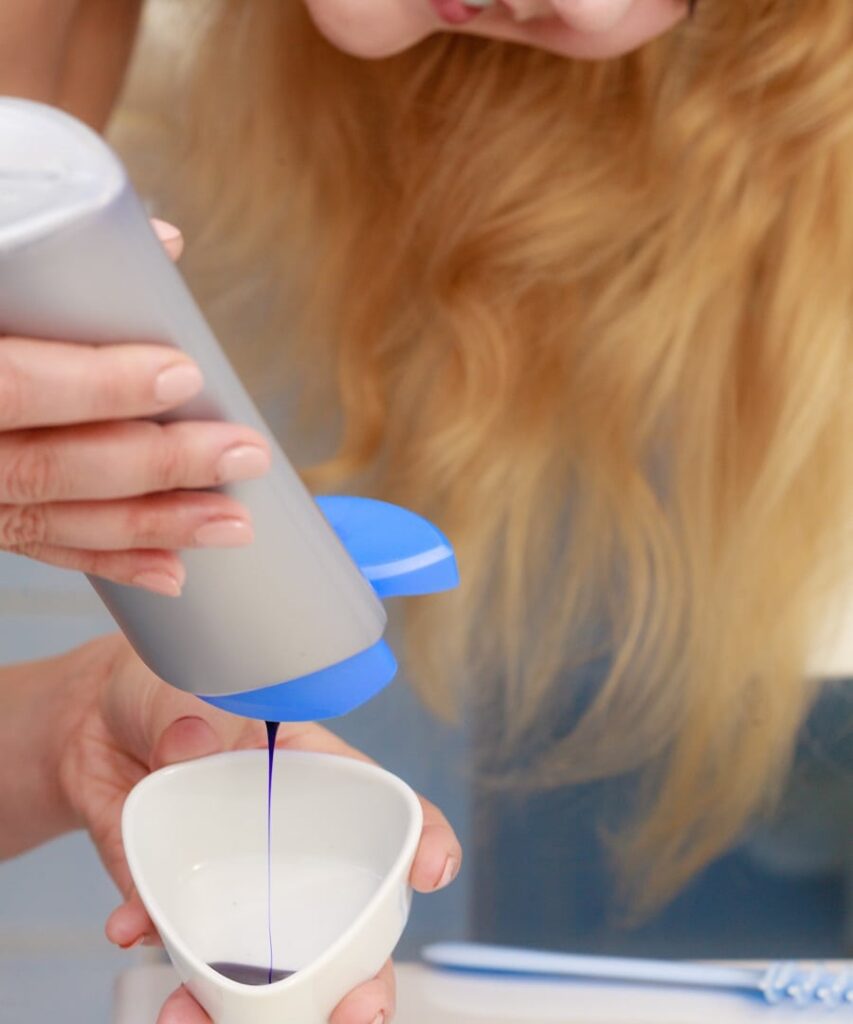
Yes. Purple shampoo can help to reduce the appearance of orange roots on blonde hair, but it may not fully “heal” them.
The reason is the purple shampoo formula includes pigments that neutralize yellow and orange tones in the hair. Using purple shampoo on blonde hair counteracts brassy and orange tones that develop after bleaching. After rinsing the shampoo, you’ll see a cool-toned platinum or silver appearance.
Purple shampoo only works on the surface and won’t change your hair color. Therefore, it reduces the appearance of orange roots but won’t heal them.
Use purple shampoo as a preventive measure to maintain the color in between using hair dye to change it. You should use blue shampoo instead to heal orange roots.
What Causes Orange Roots?
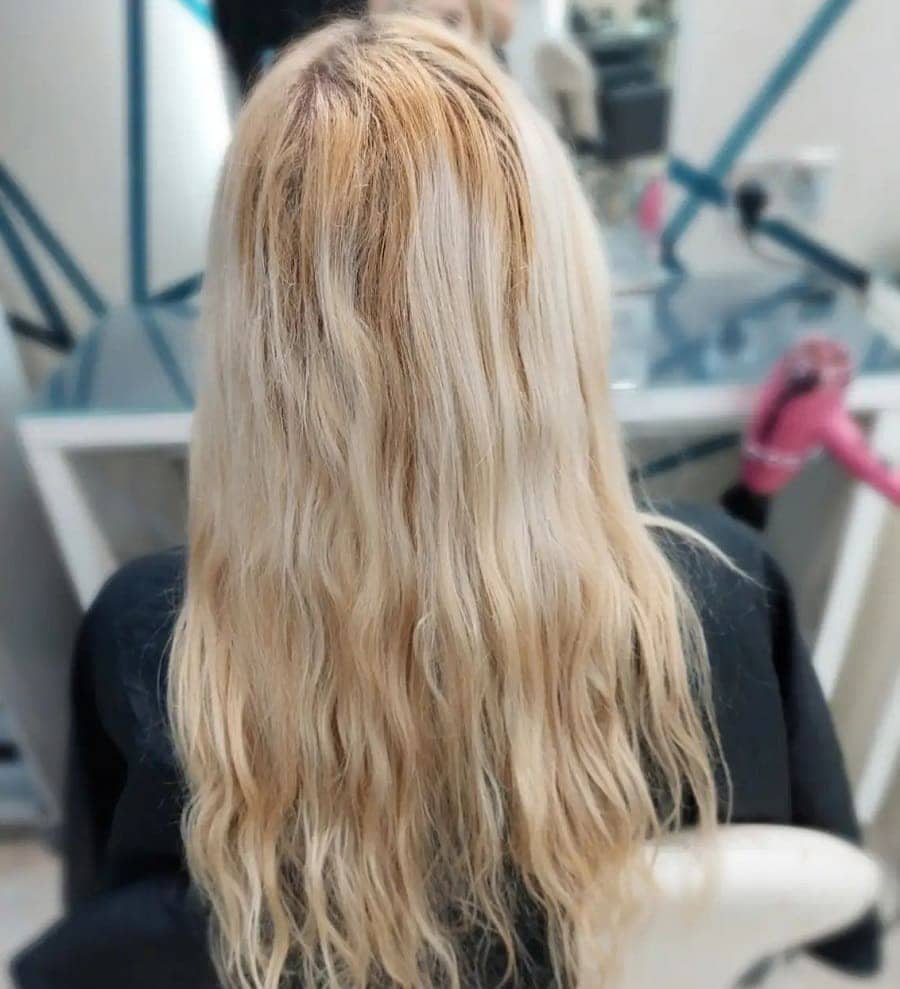
Several factors can cause orange roots on blonde hair, including:
- Natural hair growth. New hair appears more orange as it grows.
- Fading hair color. Hair color fades over time, causing blonde hair to become orange.
- Hard water. Hard water can deposit minerals on the hair, making it look orange or brassy.
- Sun exposure. The sun’s UV rays cause blonde hair to become more orange or brassy.
- Improper aftercare. Using the wrong kind of hair care products or not maintaining hair color causes it to become more orange or brassy.
- Chemical damage. Overuse of treatments like straightening, curling, perming or bleaching damages hair or turns it orange.
Genetics can also play a role in causing orange roots. Some people have hair with a natural orange or brassy undertone, which can be more noticeable when they dye it blonde.
How Purple Shampoo Works
Purple shampoo neutralizes brassy or yellow tones in blonde or silver hair. The purple pigments in the shampoo counteract the warm tones in the hair, leaving it with a cooler, more silver or ash-toned appearance.
Stylists use purple shampoo on lightened or bleached hair. You can also benefit from purple shampoo if you have natural highlights since it maintains your ideal shade between regular color treatments.
It is important to note that you should use purple shampoo sparingly on darker hair, as it can leave a purple tint if left on for too long. Use it on wet hair and massage it into the scalp, leaving it for a few minutes before rinsing thoroughly.
How Long to Leave Purple Shampoo to Achieve the Best Results?
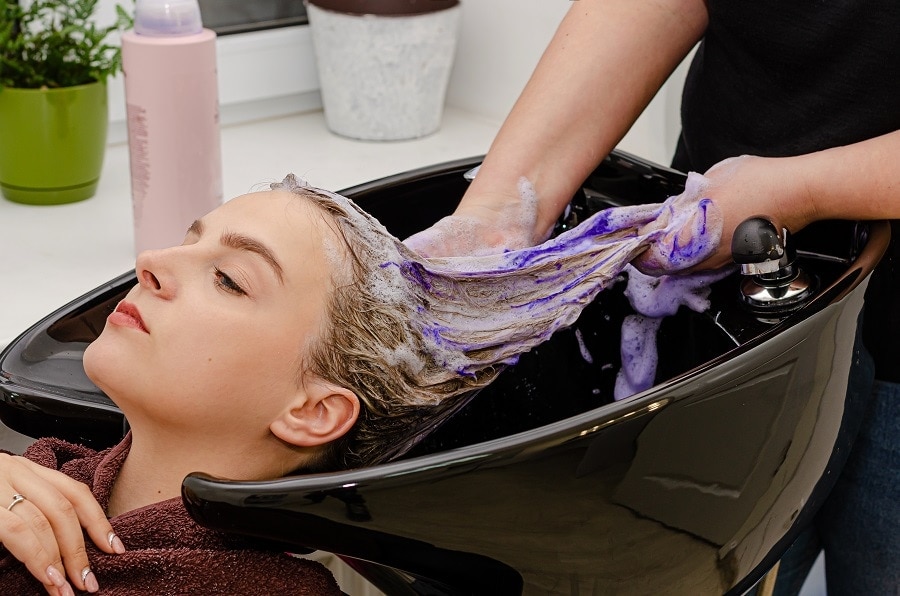
The amount of time you should leave purple shampoo on your hair depends on how brassy or yellow your hair is and the lightness or darkness of your hair.
- For blonde hair that is mildly brassy, leave the purple shampoo on for two to three minutes.
- For intense brassiness or yellow tones, leave it on for 5 to 10 minutes.
- To neutralize brassiness in darker hair, use less purple shampoo and leave it on for two to three minutes.
It’s always better to start with less time and add more if needed. Remember that purple shampoo can dry your hair, so apply a deep conditioning treatment after using it.
FAQs
These answers to frequently asked questions about purple shampoo can help you heal orange roots.
Some of the risks associated with using purple shampoo to heal orange roots include overuse, drying out, or damaging the hair, and it’s not suitable for some hair types.
Test the shampoo before applying it all over your hair and consult with a hair professional.
Yes, there are natural ingredients that can help to neutralize orange roots and tone down brassy or warm tones in your hair.
Apple cider vinegar, chamomile tea, lemon juice, cassia powder, and henna are options depending on your hair color and texture.
So, Does Purple Shampoo Help to Heal Orange Roots?
Purple shampoo is an effective way to neutralize orange roots and tone down brassiness or warm tones in your hair.
The purple pigments in the shampoo counteract the warm tones in the hair, leaving it with a cooler, more silver or ash-toned appearance. It is especially useful for people who lighten, bleach or highlight their blonde or silver hair.
However, it’s important to use the product correctly and in moderation to avoid potential risks such as overuse, drying out the hair, hair damage, and not suit all hair types.
More Related Articles:


